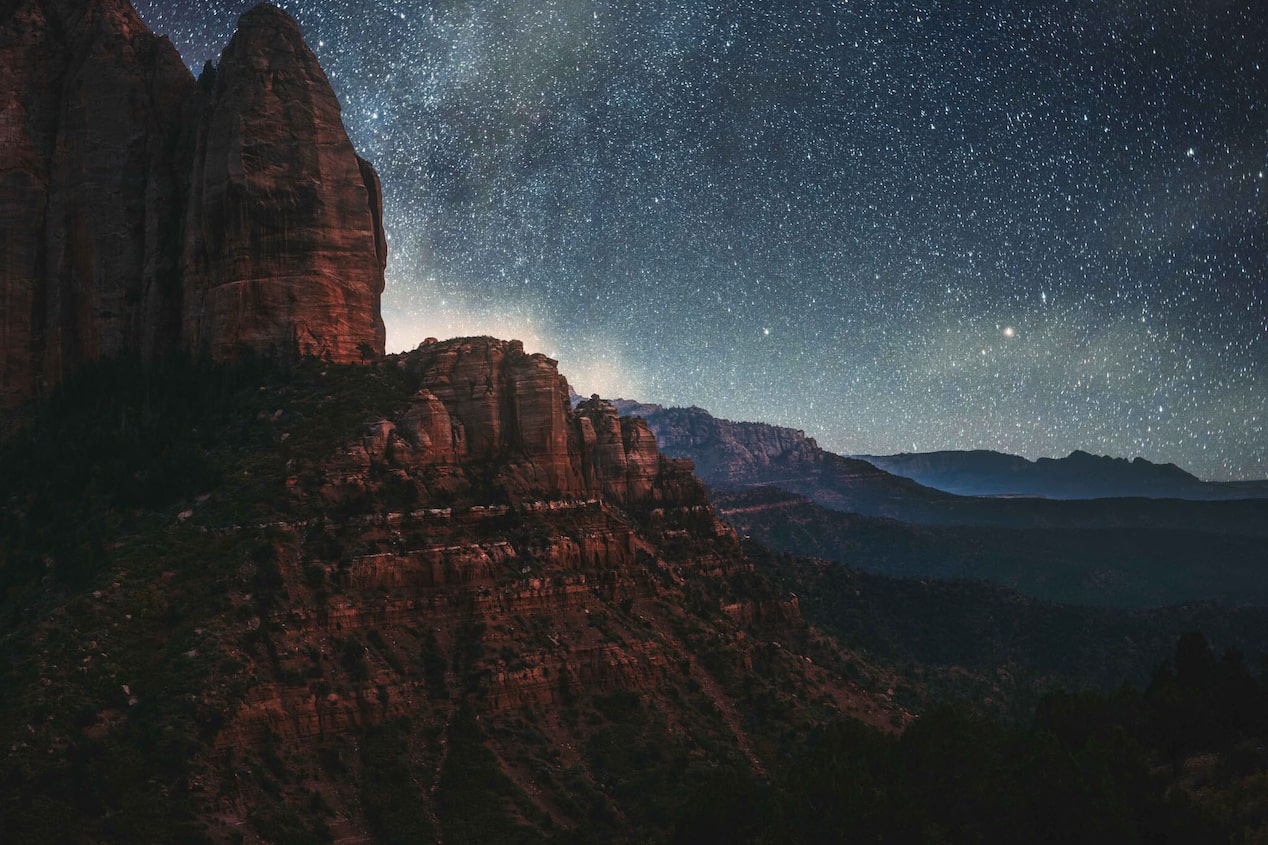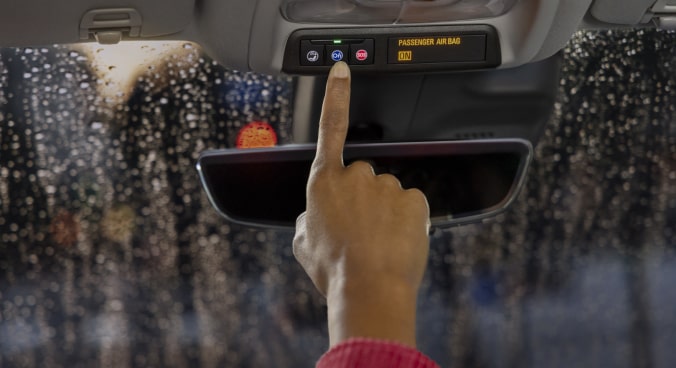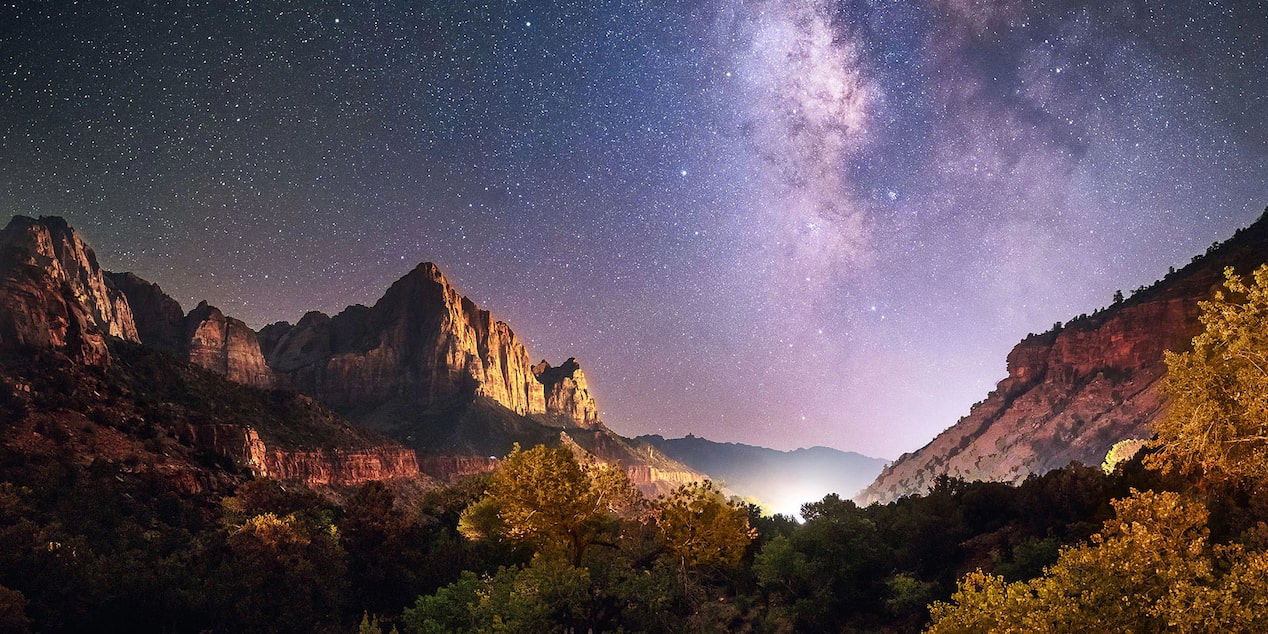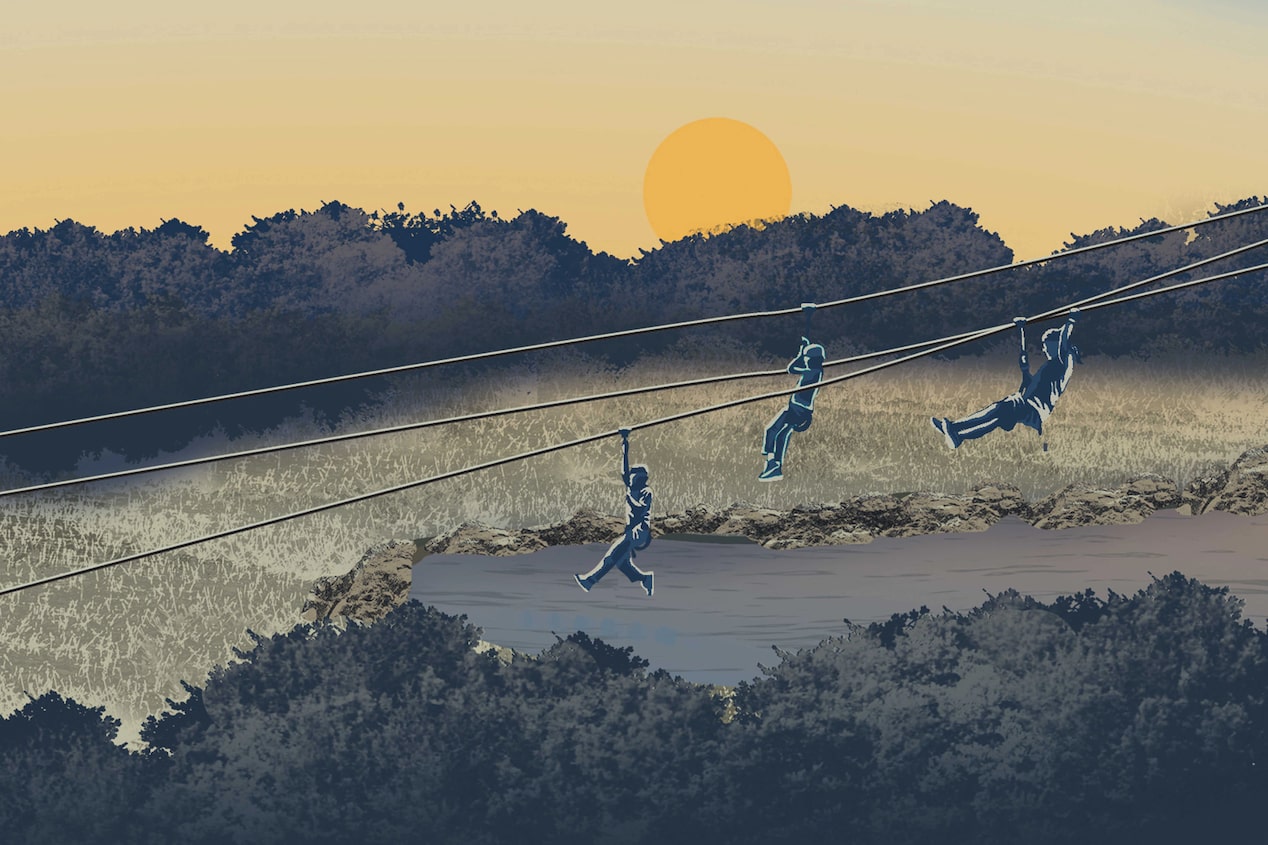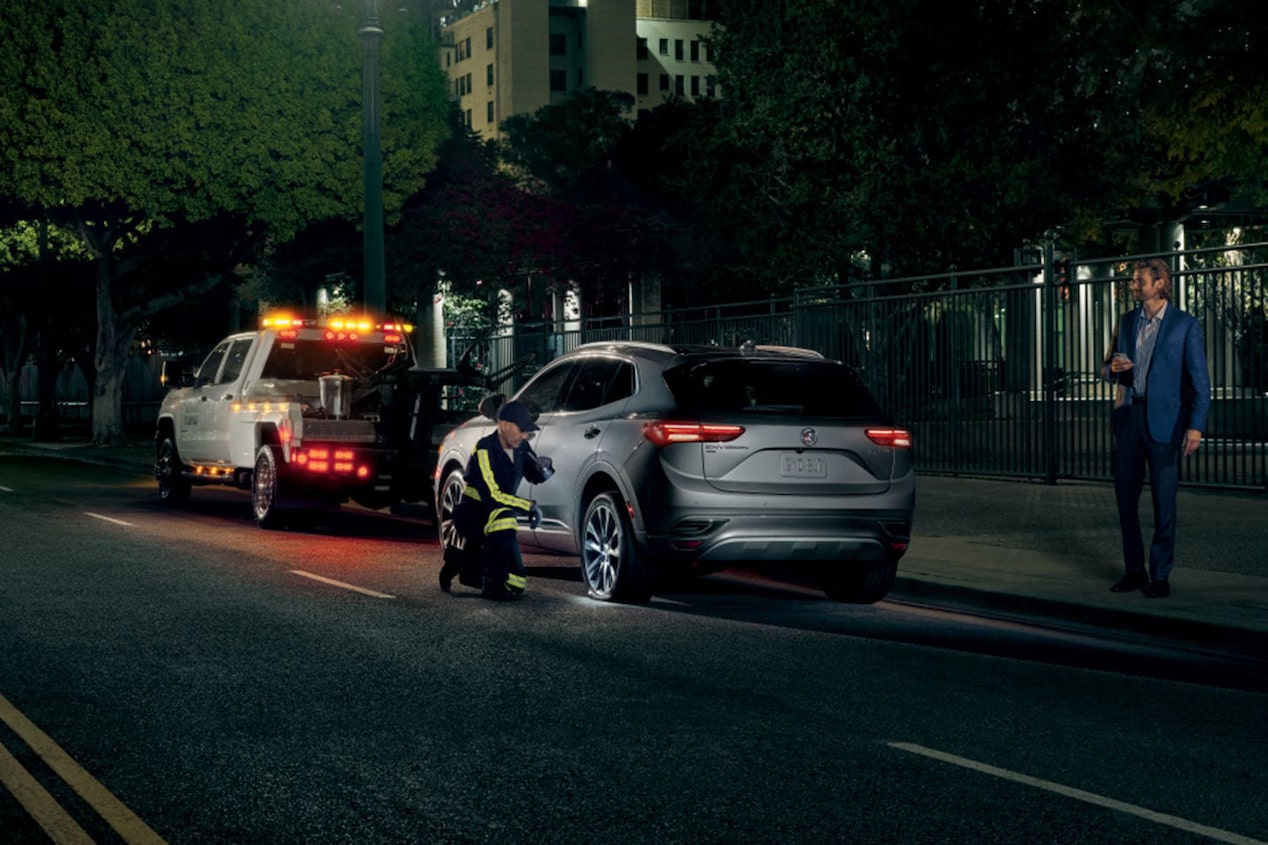How OnStar can help you on your visit to an International Dark Sky Place
Did you know that more than 80 percent of the world’s population live under skies that have so much light pollution, they can’t see most stars or the Milky Way from their own backyards? That’s according to Ashley Wilson, director of conservation with the International Dark-Sky Association (IDA). It’s a nonprofit organization whose purpose is to protect the night from light pollution. That’s why the group has designated more than 180 locations around the world as “Dark Sky Places,” offering people an ideal destination to connect with nature and see stars, planets, and, of course, the Milky Way galaxy.
Here’s how to get the most out of visiting an International Dark Sky Place with your friends and family.
What is a Dark Sky Place?
An International Dark Sky Place is a community, park, reserve, sanctuary or urban area with low levels of light pollution that gives the public a better view of the stars. The process of becoming an International Dark Sky Place takes about one to three years to complete, says Wilson.
Over 120 of the IDA Dark Sky Places are in the United States, and that number continues to grow. “Ten years ago, we only certified six places a year,” says Wilson. “Now we’re certifying closer to 25 a year.” (Find parks near you with the International Dark-Sky Association’s interactive map.)
One of the most recent locations to be certified is Zion National Park in Utah, which offers up spectacular views of the constellations.
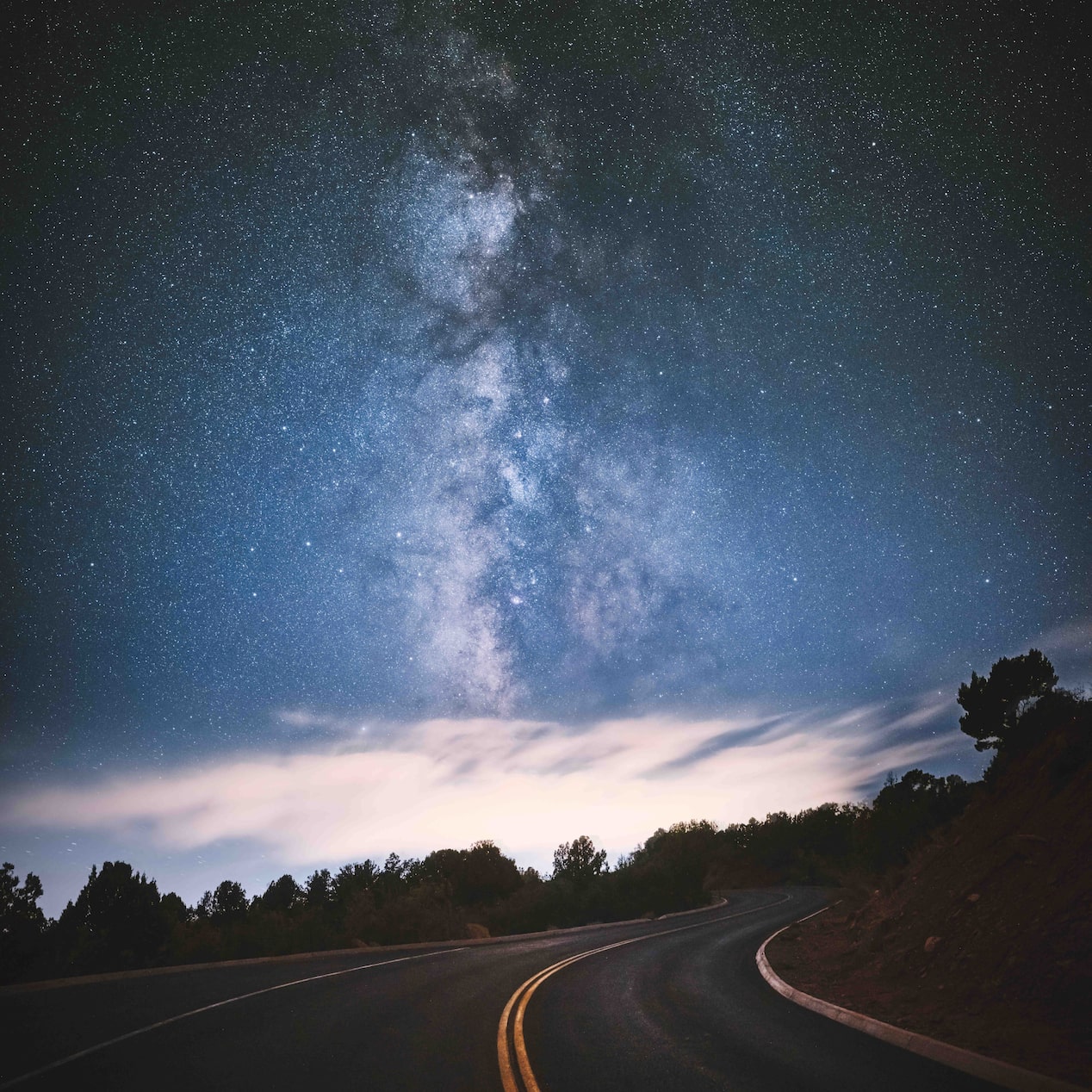

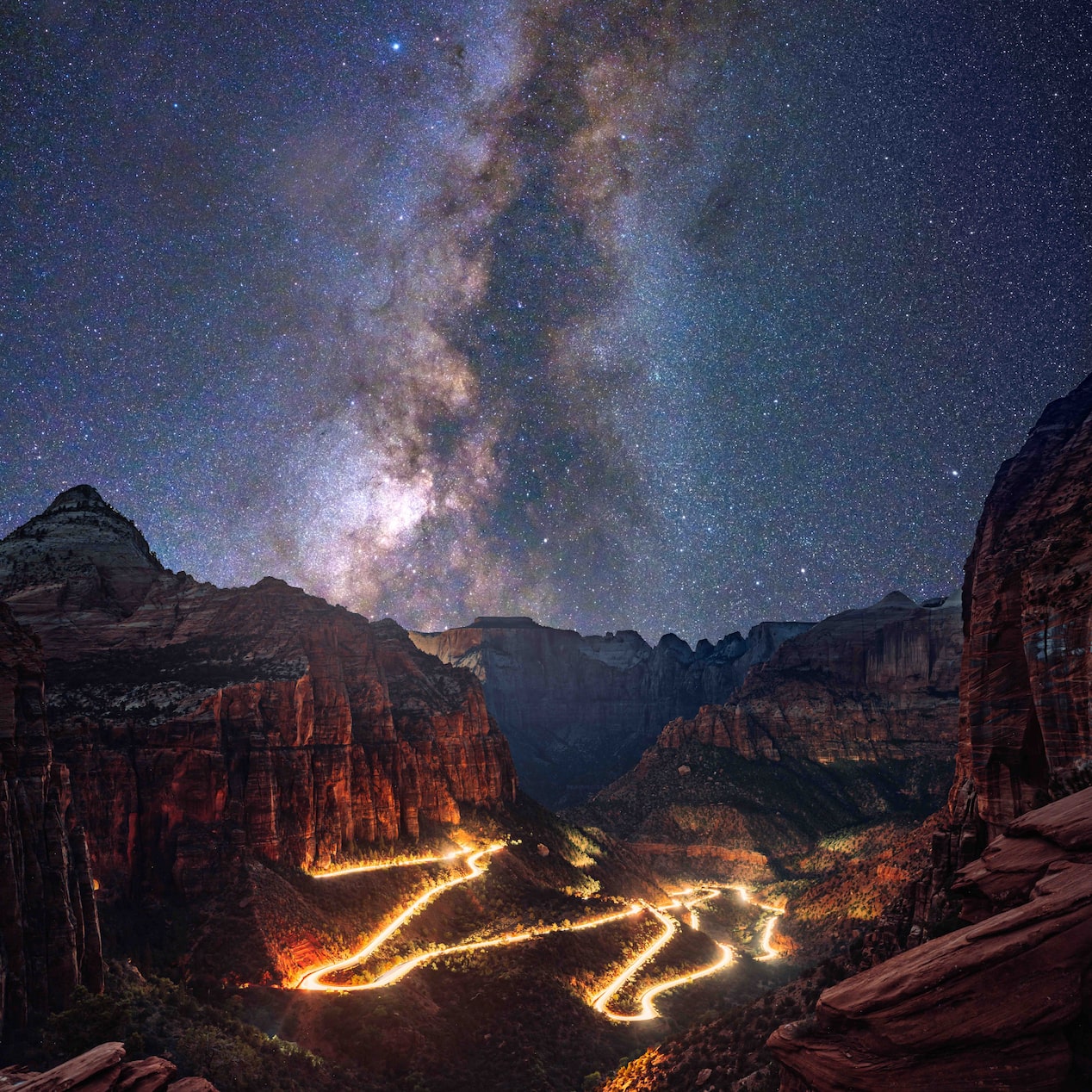
“Visiting a Dark Sky Park like Zion gives people a chance to really be a part of this amazing and unique experience of seeing things like the Milky Way with their naked eye,” says Cadence Cook, education coordinator at Zion National Park. “It’s a great way to have an intimate relationship with the universe and your place in it and have this connection with nature.”
Many of these places are in remote areas, but with OnStar Turn-by-Turn Navigation,
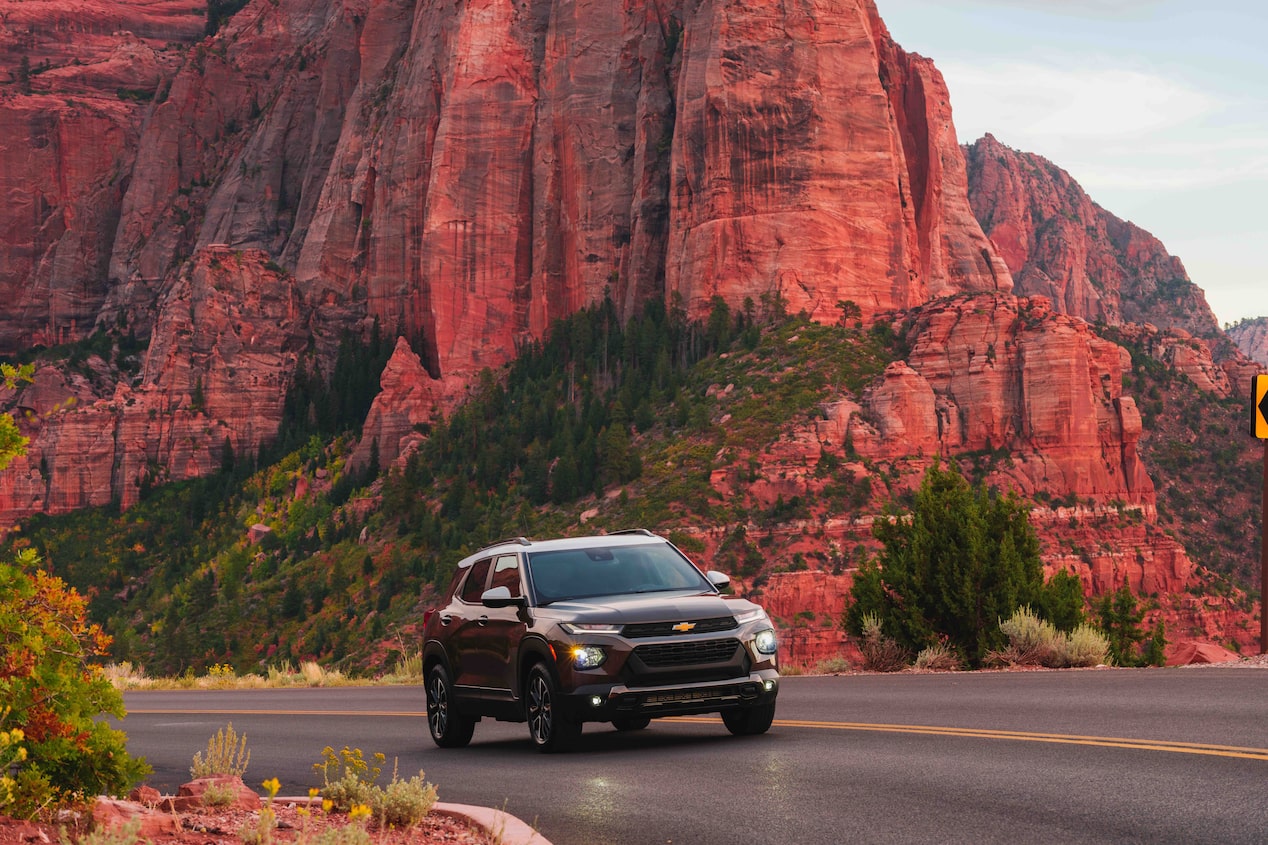
When’s the best time to visit?
There are things to see year-round at an International Dark Sky Place, but it’s best to time your trip around the most amazing stargazing opportunities.
- Make sure to check the moon calendar and look for a waning moon or new moon. A full moon can be so bright that it becomes a source of natural illumination
- The best time to see the Milky Way is between July and the end of September between midnight and 5 a.m. The Milky Way is much brighter at that time than in the winter because of Earth’s position around the sun
- The annual Perseids meteor showers usually take place in August. The very fast and bright meteors leave long “wakes” of light and color behind them
- Andromeda, the closest large spiral galaxy, can be seen in the fall. It’s two and a half million light-years away and is the most distant celestial object you can see without a telescope
- A popular constellation to see in winter is Orion. It contains the Orion Nebula, a cloud of interstellar dust and gas, bright enough to see without a telescope
- The best time of the night to start stargazing is an hour to an hour and a half after sunset
- For more up-to-date information on what’s going on in the night sky, visit NASA’s sky watching page
Of course, before you head out to a specific International Dark Sky Place, check out its website to find the best viewing locations as well as any other information like COVID restrictions.
In Zion National Park, for instance, the best place to go night-sky gazing is near the Human History Museum. Also, check out the Pa’rus Trail. “It’s paved, so you can navigate it pretty safely with a headlamp,” says Cook. If you plan to spend the night in the park, there are two campgrounds in the main canyon.
There’s one extra step to take as you prepare for your visit. Download the OnStar Guardian™ app,
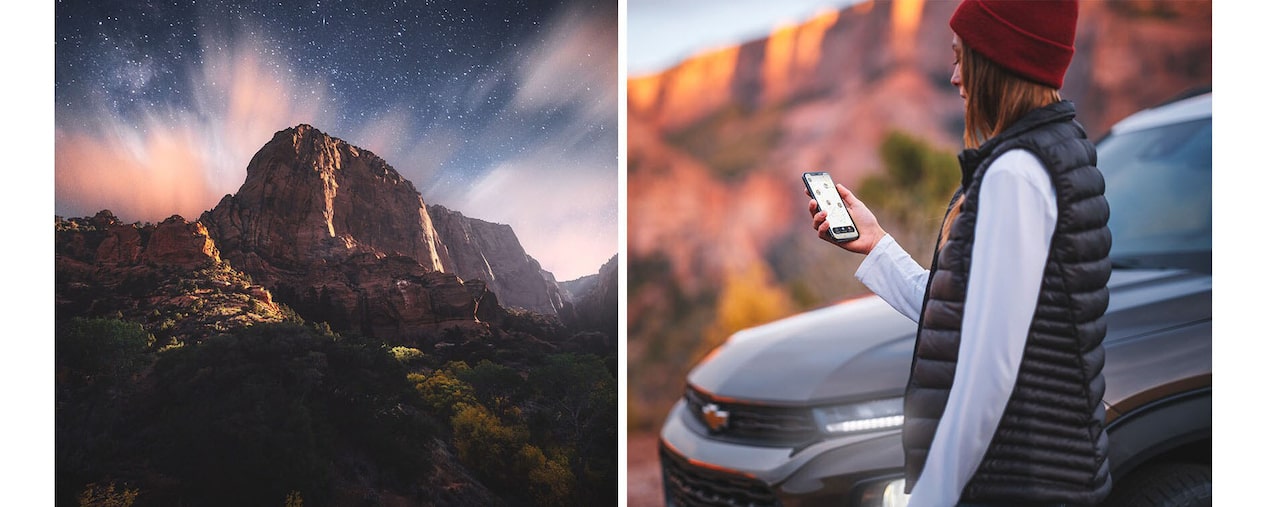
What to bring
- Bug spray
- Lawn chair or picnic blanket. It’s easier to look up while leaning back in a lawn chair or lying down on a blanket
- Jackets, sweaters and blankets. Temperatures drop to the teens in a lot of the parks during the winter, but even in the summer, it can get pretty cool at night. So make sure to pack the right clothing for the weather, and even bring some tea or hot cocoa to keep you warm
- A red flashlight or headlamp. “The red light doesn’t distort your dark eye adaptation and won’t interfere with your ability to see the stars,” says Cook
- Telescope. Even though you can see a lot with your naked eye, a telescope opens your eyes to another world
- Binoculars. If you don’t want to invest in a telescope, bring some binoculars. It’ll help you see planets, the moons of Jupiter and groupings of stars
- DSLR camera. If you want to capture some of those stars, up your ISO and lower your shutter speed on your camera. And, of course, bring a tripod
How can we help with light pollution?
“It’s important to address the issue of light pollution and find ways to reduce it to restore our naturally dark skies,” says Wilson. For starters, you can consider retrofitting outdoor lights to be dark-sky friendly. Before installing lights, browse the IDA’s Fixture Seal of Approval program. All the fixtures in their database are certified through a third party to ensure they minimize glare and the amount of blue light they emit, are usually LEDs, and many come with adaptive control, like motion sensors and timers.
You can also learn more about our connection with the night sky at a Dark Sky Place. “You can learn how light not only impacts our own health and safety, but also the nocturnal environment,” says Wilson. “All living things need darkness as well as light, which is why it is equally important for us to both celebrate and protect our night skies.”
Until more people take steps to minimize light pollution, the best way to enjoy the beauty of stargazing is to find an International Dark Sky Place. Now all you have to do is pack up your vehicle, grab your friends or family, and head out.
